Design of a mathematical model to optimize farmer food security and promote rural development in Paraguay
Revista : ANNALS OF OPERATIONS RESEARCHTipo de publicación : ISI Ir a publicación
Abstract
Peasants occupy many rural areas with low income, excessive self-consumption, and deficient access to resources, which translate into poverty and lack of food security. In developing countries, support programs push incentives for better crop planning decisions, exchanging crops between farmers, and improving market access. Decision-making in this context is complex, given the many available options and criteria regarding nutrition, income, and work capacity that must be satisfied, as well as several uncertainties. Considering the primary agricultural operations, we develop a mixed integer optimization model that maximizes farmer’s profit and food security. We test our model for cooperatives from the Department of Caazap & aacute;, Paraguay. First, we solve the deterministic model for 60-month horizon planning and generate alternative scenarios. Then, we compare the plan for the actual production with the plan from the model solution. To study the effects of uncertainty, we also develop a two-stage stochastic model in which results for four cooperatives and 24-month horizon planning are compared considering sources of uncertainty on the supply side (harvest yield) and on the demand side (sales price). The proposed plans have economic, environmental, and social advantages: a mix of crop production, crop rotation performance, and the partial fulfillment of nutritional requirements. In the short term, the plans could guide production decision-making. In the long term, the results could support the generation of concrete line actions for programs or projects according to the Sustainable Development Goals (SDG), such as food security and small-scale production planning.




 English
English
